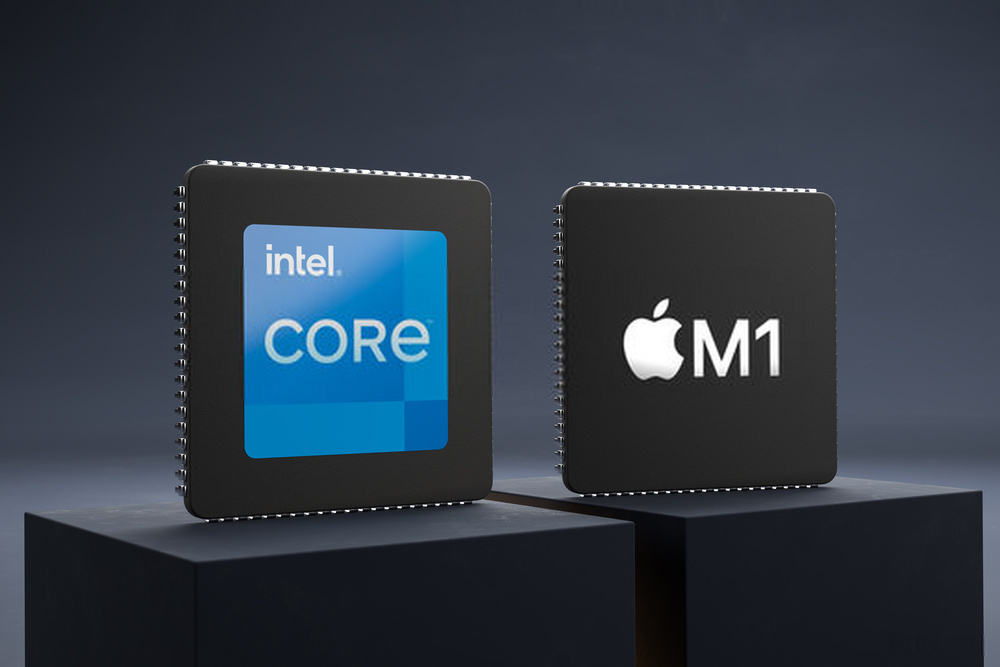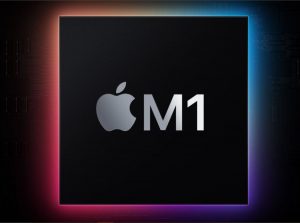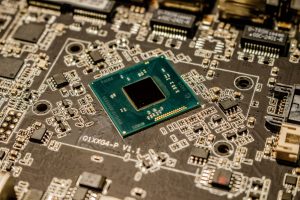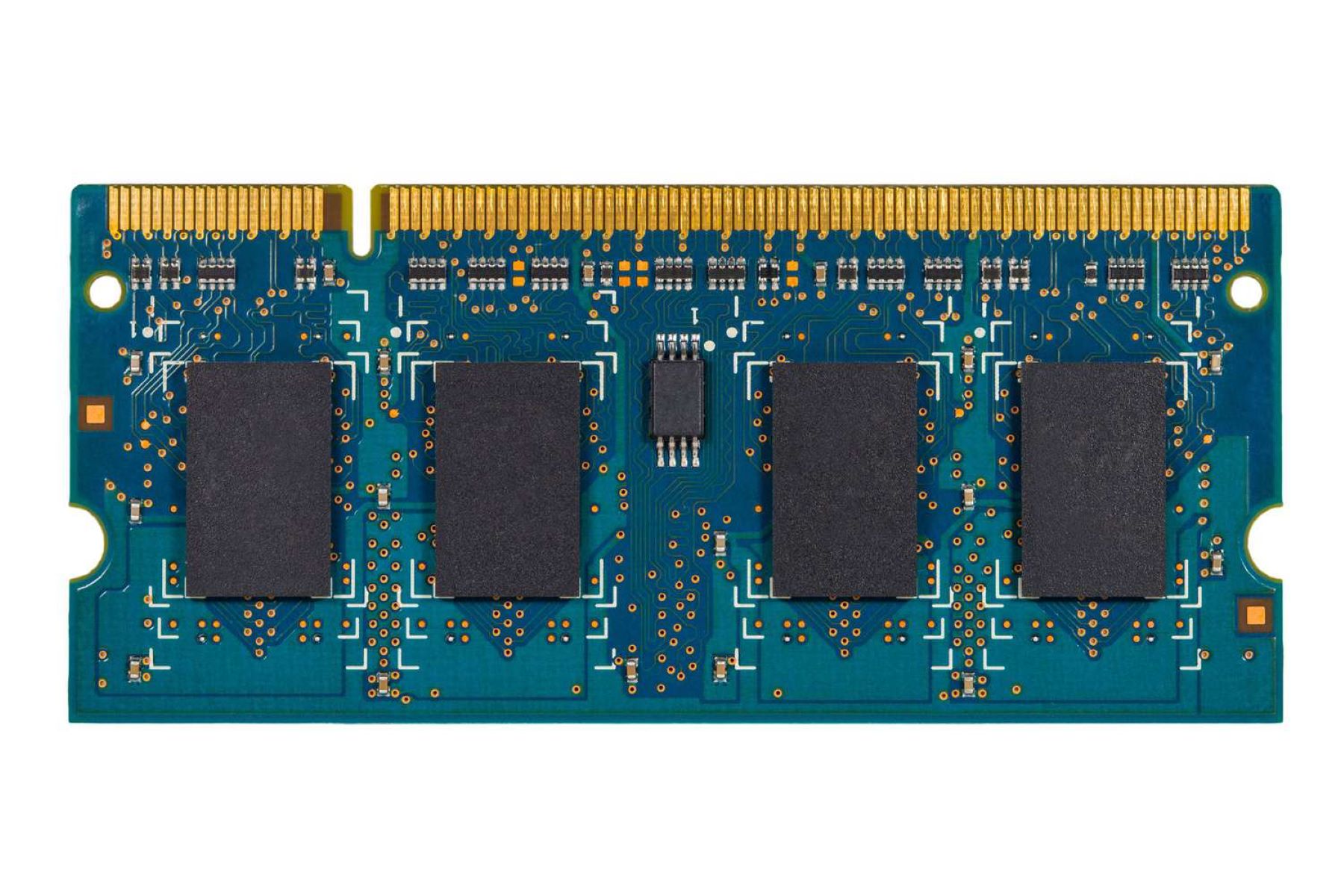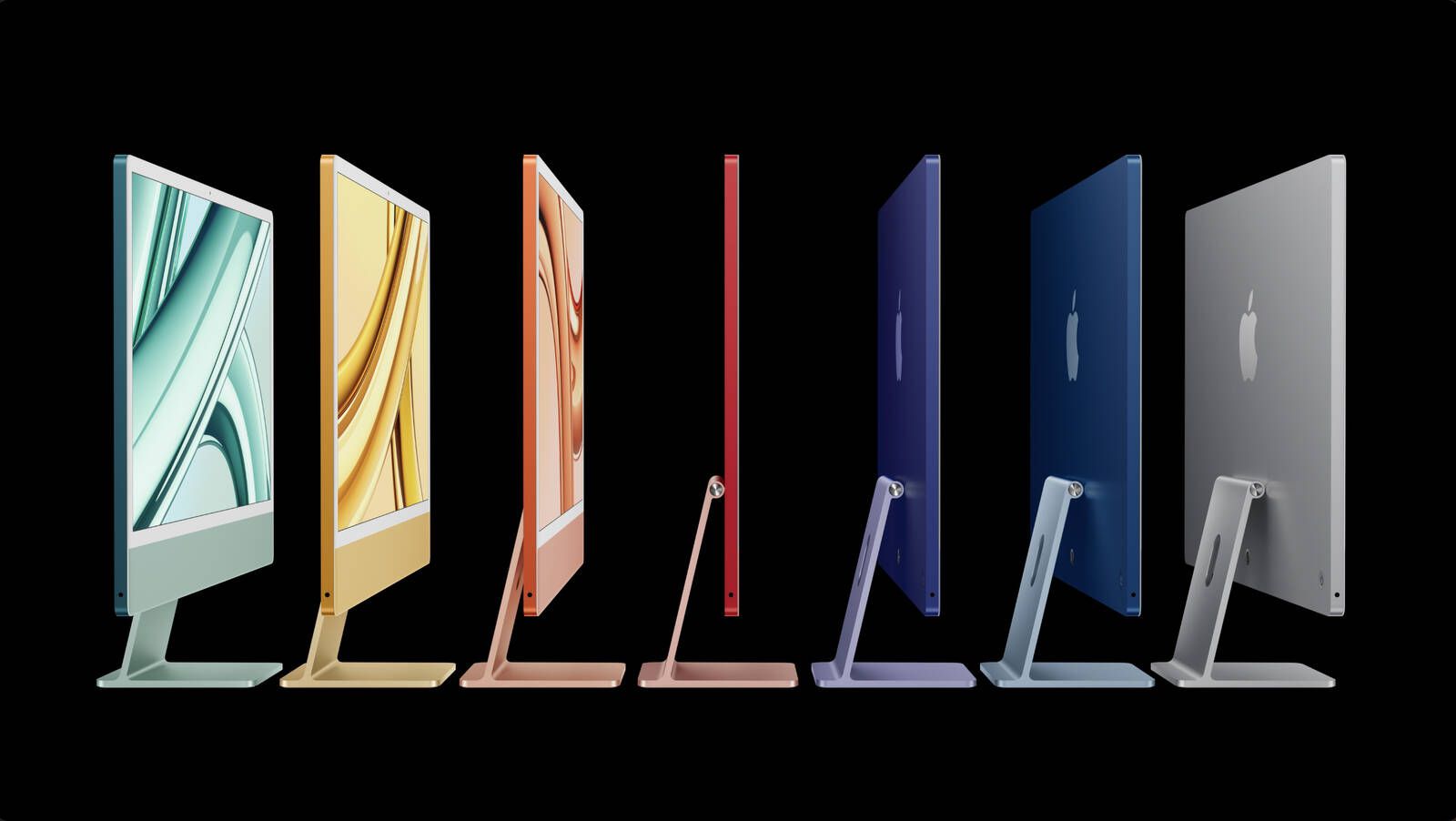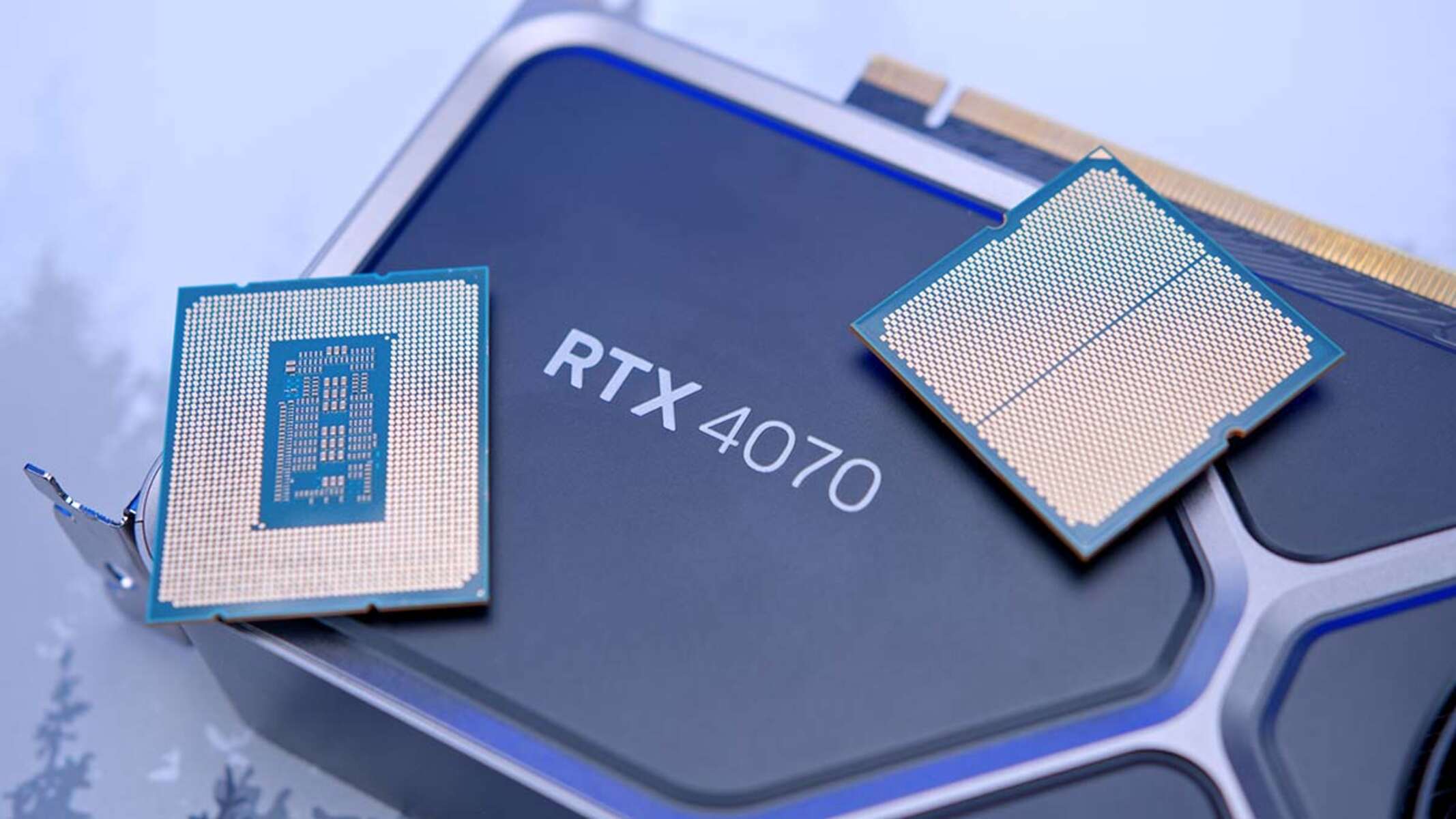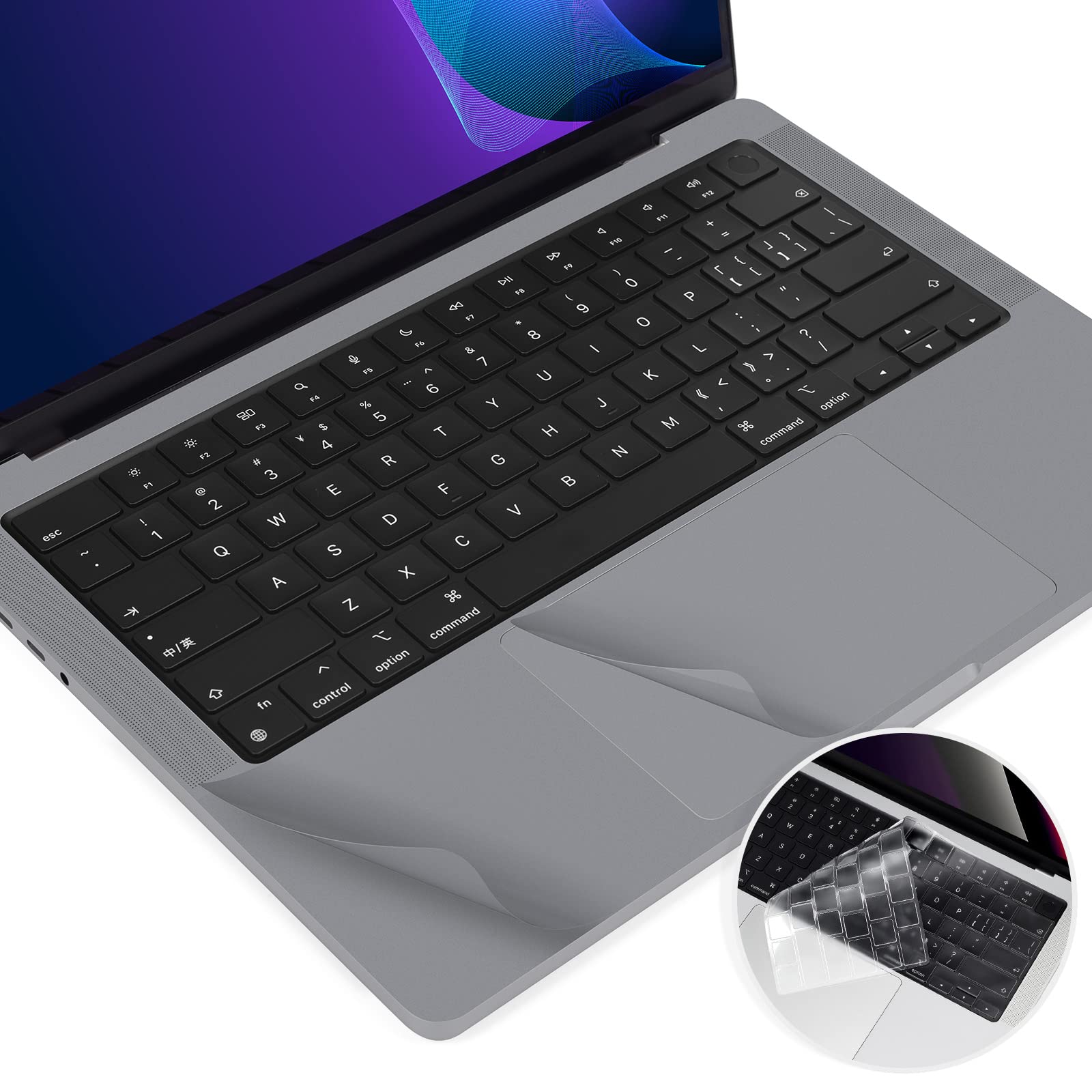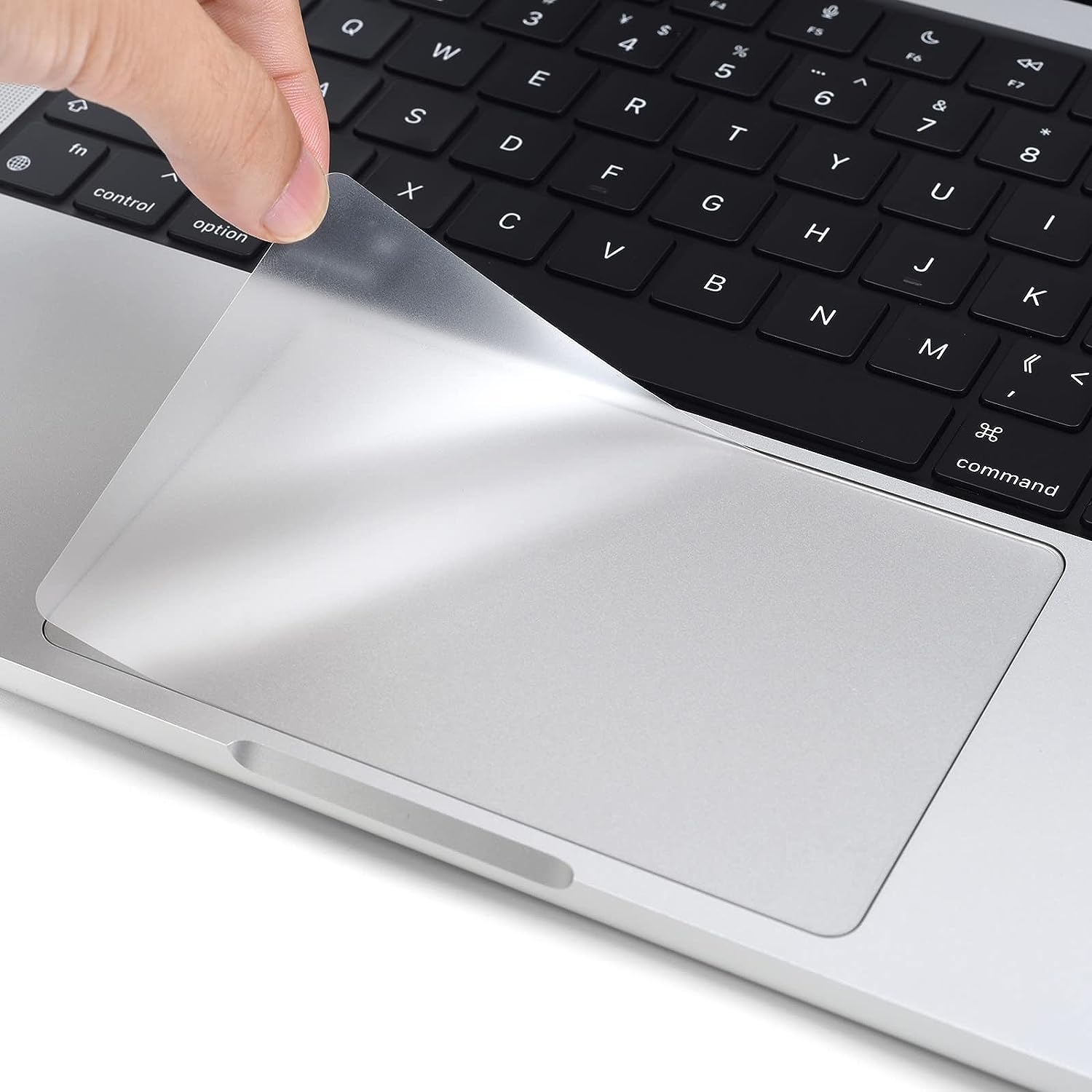If you’ve been following Apple’s hardware for the last couple of years, you might have already anticipated the M1 shift. That’s because the company has been creating increasingly powerful mobile processors for years, even rivaling the performance of laptops. So when the M1 chip finally dropped in Apple’s desktop and laptop computers, it was only a matter of time. However, the whole M1 chip vs Intel debate can get kind of confusing, especially for those out of the loop. If that sounds like you, then you’ve come to the right place. Here’s everything you need to know about these two very different processors.
From Intel to Apple M1 Chip: An Overview


What is M1 and what’s with all the talk about Apple’s new processor? If you don’t truly understand what the M1 chip is, then the M1 chip vs Intel debate might feel insignificant. After all, most consumers only care about real-world performance without digging deep into the architecture.
However, Apple Silicon’s rise to desktop-class computing has significant implications throughout the industry. At least, for Apple, this means they’re saying goodbye to the chips they were using for the past 14 years. Those, my friend, are the Intel chips we’re all so used to seeing on both Apple and Windows computers.
Apple fans might have heard the news when the company launched its new Macs. More specifically, the company first unveiled the M1 through its newest 13-inch MacBook Pro and MacBook Air. Moreover, it also included this powerful chip in the new Mac Mini, 24-inch iMac, and, of course, the iPad Pro. Immediately after the launch, product reviews and tests showed an outstanding performance in terms of performance, graphics, and especially battery life.
In fact, these new M1-based devices are even more powerful than Apple’s past computers and even other Windows alternatives. These results are even more impressive considering Apple’s chosen to run Intel-based software through emulation since they lack native support.
Unsurprisingly, this led to people making multiple comparisons between the M1 chip vs Intel computers. Both real-world performance tests and benchmarks display promising potential for the M1 and its successors. However, as with most things, there are a couple of drawbacks, too.
Understanding the M1: What Is a System on a Chip (SoC)?
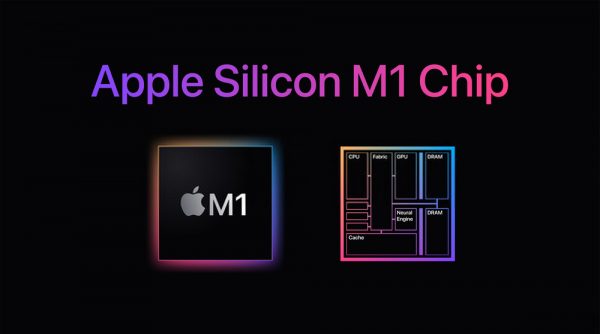

Before we get into the M1 chip vs Intel debate, let’s first understand what the new Apple chip is. Most industry insiders would already know what the M1 is: a system on a chip, or SoC, for short. However, the average person probably doesn’t understand what the difference is between an SoC and a regular processor.
What It Is
To put it simply, an SoC is an integrated circuit that has all of its components on a single chip. This includes the CPU, GPU, input/output ports and blocks, cache, memory, and storage. With this condensed structure, an SoC can perform multiple functions efficiently. Hence, it can more or less perform everything from signal processing, artificial intelligence, wireless communication, and more.
On the other hand, most desktop and laptop computers don’t use SoCs to process information or conduct tasks. Usually, the motherboard will house various components in different parts of the platform. Computers usually have a spot and component for the memory, storage, CPU, and GPU.
The Pros & Cons
The benefit of SoCs is that they can use power more efficiently. Moreover, with all of its parts condensed in one small chip, they also take up less hardware space. That’s the reason why the processors you find on mobile devices all use SoCs — because there’s little room to move.
However, the downside of SoCs is that the various components are irreplaceable. Hence, you can’t upgrade any component, including storage or RAM that makes a computer flexible and modular. Moreover, SoCs usually can’t perform tasks as powerfully or desktop-specific processors. That’s why most manufacturers still don’t use mobile processors to power their computers.
Apple M1 Chip Vs Intel: Main Differences
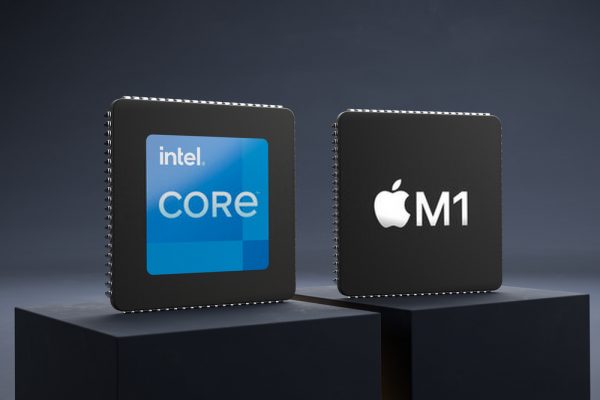

With all of that said, do the benefits of an SoC truly outweigh its cons in terms of professional computing? How is Apple so confident in the M1 chip that it has introduced it so boldly in the Mac lineup? What are the differences between the M1 chip vs Intel processors, and how do they affect the experience?
Chances are, you’ve probably already used an Intel-based computer before. After all, it’s one of the most ubiquitous and successful computer processors in the last decade. Hence, you probably already know how a regular computer works —whether Windows or Mac. However, we can’t say the same, exactly, for M1 machines.
CPU Architecture
The main difference between the M1 chip vs Intel processors is that the M1 is based on ARM architecture. ARM processors are usually created to be more lightweight and power-efficient, perfect for smartphones and mobile devices. Moreover, they’re the ideal type of processor to use to minimize overheating without the need for fans.
However, this kind of architecture, though with many benefits, also has its caveats. For example, ARM processors like the M1 chip require completely new software. That’s why you see mobile devices having separate operating systems compared to computers. It’s not just the form factor that’s the issue, but also the processor compatibility.
Software, Desktop Apps, and Emulation
Software is also one of the biggest reasons why the M1 chip creates such a buzz in the tech community. How is an ARM-based processor running software made and optimized for desktop processors? Apple’s chosen workaround is by running desktop software through emulation — and it passes with flying colors. That’s no easy feat, considering most things run through emulation don’t run as fast or as smoothly.
On the other hand, because the M1 is a mobile processor, new Macs can also run iOS apps. Hence, there’s a lot more cross-compatibility, further blurring the line between mobile and desktop. Of course, you can’t get such cross-compatibility with an Intel-based device. However, Microsoft does seem to be pushing for it with Android apps on Windows 11.
Apple M1 Chip Vs Intel: Performance Comparison
On the surface, it can be difficult to tell between M1 chip vs Intel processor-powered devices. That’s because they both run the same macOS fairly smoothly, regardless of the processor. This is, in large part, thanks to Apple’s nearly flawless execution of emulation using Rosetta 2.
However, when you compare the M1 chip vs Intel processor-powered laptops performance-wise, you’ll see the differences more clearly. There’s a clear change in terms of performance, whether it’s in benchmark scores, productivity, or other metrics. Without further ado, let’s get into it.
CPU Benchmark Scores
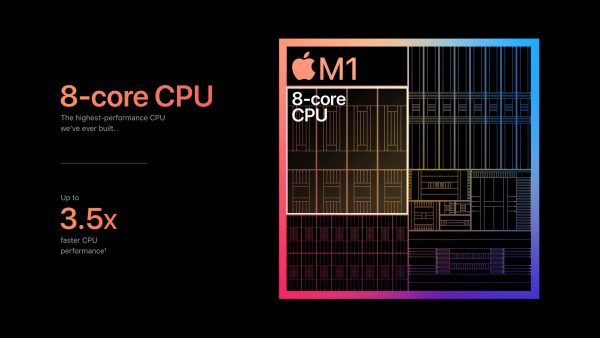

One of the ways product reviews conduct a CPU performance comparison is through the use of benchmarks. Of course, these benchmarks are simply numbers and may not always be indicative of real-world performance. However, they provide a great overview of a processor’s raw power, shedding light on the M1 chip vs Intel comparison.
Firstly, let’s have a processor speed comparison between the M1 chip vs Intel through their scores in Geekbench 5. In this example, we’re comparing a 15-inch Intel MacBook Pro (2019) with a 13-inch M1 MacBook Pro (2020). According to Geekbench, we see a marked difference in both the single-core and multi-core scores.
More specifically, the M1 provides a 1701 score in single-core performance and a 7359 score in multi-core. That’s 70% more speed compared to Intel’s single-core score of 999 and 50% more in the latter’s 4921 multi-core score.
On the other hand, the MacBook M1 laptops, both the Pro and Air, perform better than normal in benchmark tests. The MacBook Air scored higher than even the Dell XPS 13, one of the best ultraportables using Intel’s 11th-gen chips. Moreover, even the most powerful 11th-gen Intel chip that lives in the Lenovo Yoga 9i was outdone by the Air.
Productivity
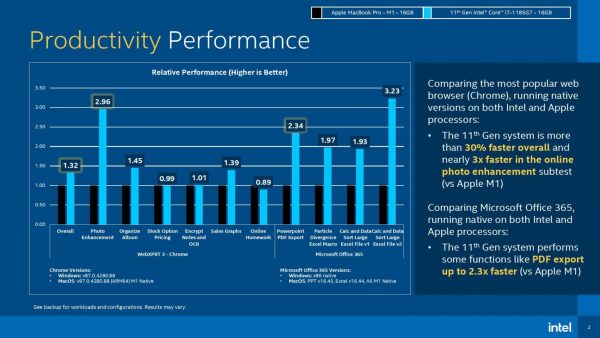

Of course, benchmark scores are just numbers on paper. However, they do translate into real-world performance to some extent when comparing the M1 chip vs Intel. For example, the M1 MacBook Air can transform a 4K video into 1080p within just 9 minutes and 15 seconds. On the other hand, the XPS 13 can do that in 18 minutes and 22 seconds —almost double the time. The Yoga 9i, while faster than the XPS, still couldn’t compete, finishing the task in 14 minutes and 24 seconds.
However, Intel also boasts specific tasks where it outperforms the M1. More specifically, an Intel Core i7-1185G7 CPU with 16 GB of RAM is faster at running Chrome, according to Intel. In addition, it also outperforms the M1 when running Microsoft Office and performing Office-specific tasks. Of course, Intel conducted this comparison internally, so you can take it with a grain of salt. Meanwhile, a lot of Apple M1 chip tests have also shown outstanding results in normal productivity workflows.
These results could only be the beginning because the M1 is still emulating desktop software through Rosetta 2. Hence, it could become even faster in the future once software manufacturers optimize their products for ARM processors.
Perhaps the biggest area where Intel does win is in its compatibility with Thunderbolt 4. The newest standard has a potential throughput of 40 Gbps, making it ideal to connect advanced devices. Moreover, adding ports using Thunderbolt 3 docks opens the way for much more connectivity potential without sacrificing speed or efficiency.
Content Creation
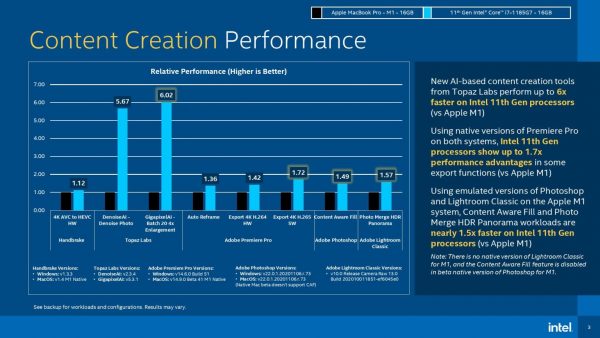

Between the M1 chip vs Intel, which is better for content creation? It’s no secret that tons of Mac users choose the Mac over Windows alternatives for creative production. However, does the introduction of the M1 change that? If we compare M1 vs i7 devices, which one will win?
Port Selection for Content Creators
This computer processor comparison can have many different facets to it if we’re talking about content creation. That’s because, for one, Intel does have the advantage of Thunderbolt 4. Hence, it’s better for connecting to multiple media devices at once, including Gigabit Ethernet, USB 3, USB-C, and more. Moreover, this doesn’t even sacrifice the potential to pass power through at the same time.
Hence, having a Thunderbolt 4 device might propel Intel as the winner for creative professionals. That’s especially for fields where you need multiple devices, SD cards, HDMI ports, and others connected all at once.
Software Options
On the other hand, not everyone needs this many ports while working on creating content. As a result, the answer to the M1 chip vs Intel debate might be a little different. That’s because certain content creation workflows rely on the kind of software you want. Hence, if you’re committed to something like Final Cut Pro, then the Mac is the only choice, regardless of processor.
Rendering & Performance
However, that isn’t to say that the M1 chip vs Intel debate boils down to just software. Adobe apps and other creative software exist cross-platform, regardless if you’re on Windows or macOS. Can the M1’s performance stand against the Intel i10, or whatever its most powerful processor is? Thankfully, the M1 performs buttery smooth and even renders faster than some Intel-based laptops.
Techradar conducted a test for this using Blender on the M1 Mac Mini and the HP Spectre x360 (Intel i7-1165G7). The results showed that the Mac Mini could finish rendering a classroom within 925 seconds. On the other hand, the same task took the Intel-based HP Spectre 1690 seconds — much slower than the M1.
Lastly, the M1 Macs generally performed faster when it came to exporting videos in Premiere Pro. Rendering on the app also yielded better frames per second compared to Intel. Overall, the M1s could perform better than the i7 in terms of video editing.
Battery Life
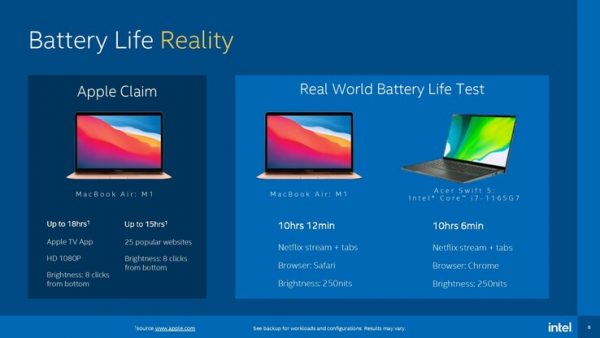

Of course, we can’t talk about the performance of the M1 processor without mentioning the battery life. That’s because, being an ARM-based processor, it’s supposed to be much more energy-efficient compared to its competitors. So, does the M1 hold up to this expectation?
If we’re talking about the M1 chip vs Intel, then the answer is: perhaps. Of course, we’re excluding the Mac Mini and 24-inch iMac in the conversation. However, both the MacBook Pro and Air provide some outstanding results when it comes to battery life.
Specifically, the MacBook Pro could last about 16 hours and 32 minutes according to tests run by Laptopmag. On the other hand, the air lagged a little behind at 14 hours and 41 minutes. Of course, these tests were conducted at 150 nits of brightness which might be too dim in most situations.
Intel claims that they did a test with the MacBook Pro at 250 nits. According to them, the MacBook lasted about 10 hours and 12 minutes — still not too shabby by laptop standards. However, the battery only lasted 5 minutes longer than the Intel-based Acer Swift 5. Of course, that isn’t to say that the M1 isn’t a power-efficient device. It still is with these numbers, especially since Intel couldn’t find a better, more long-lasting comparison than the Acer. However, a 1% lead isn’t exactly ground-breaking, either.
What Makes the Apple M1 Chip So Fast?


It’s no secret that many modern smartphones and tablets can run even faster than desktop computers. But one might argue that the reason lies in the software because mobile operating systems aren’t nearly as complicated.
However, because the M1 runs just as fast within desktops and laptops, you might wonder why this is so. After all, the M1 isn’t the first ARM-based processor to live inside a laptop. In fact, Microsoft was the first to take the plunge, adding a Qualcomm chip to the Surface Pro X. However, the emulation wasn’t exactly smooth — and perhaps therein lies the answer.
On the surface, the M1 and the Qualcomm chip inside the Surface Pro X seem similar. They both use a 4+4 core design, adding both high and low-powered cores into the mix. Moreover, both have 16 GB of RAM (at least some Macs do), and they’re both SoCs.
However, where they differ is in the emulation. Apple uses Rosetta 2 — a cleverly optimized emulator that’s the secret sauce to running Intel apps on M1 Macs. On the other hand, the M1’s Windows counterpart also uses an emulator. However, the experience is extremely slow, laggy, and has lots of limitations.
Final Thoughts
The M1 chip vs Intel comparison ends here, but that isn’t to say that the M1 wins out every time. Sure, Intel hasn’t been delivering as well as it used to these past couple of years. In fact, it has lagged behind AMD even before Apple’s transition to the M1. Moreover, Apple’s disappointment with Intel’s processors in recent years is no secret. It puts into perspective why Apple chose to transition to in-house processors.
However, the competition between the M1 chip vs Intel isn’t nearly as relevant as the competition between operating systems. Specifically, are you looking into buying a Windows computer or a Mac? What kind of software do you need and what kind of advantages would you prefer?
Modern-day laptop buyers probably don’t truly need to look into the nitty-gritty between the M1 chip vs Intel. All they need is to look into the OS and overall performance they need. On the other hand, perhaps it would benefit you to look into the performance of Intel vs AMD. After all, Team Red has bested Intel for the past few years.







